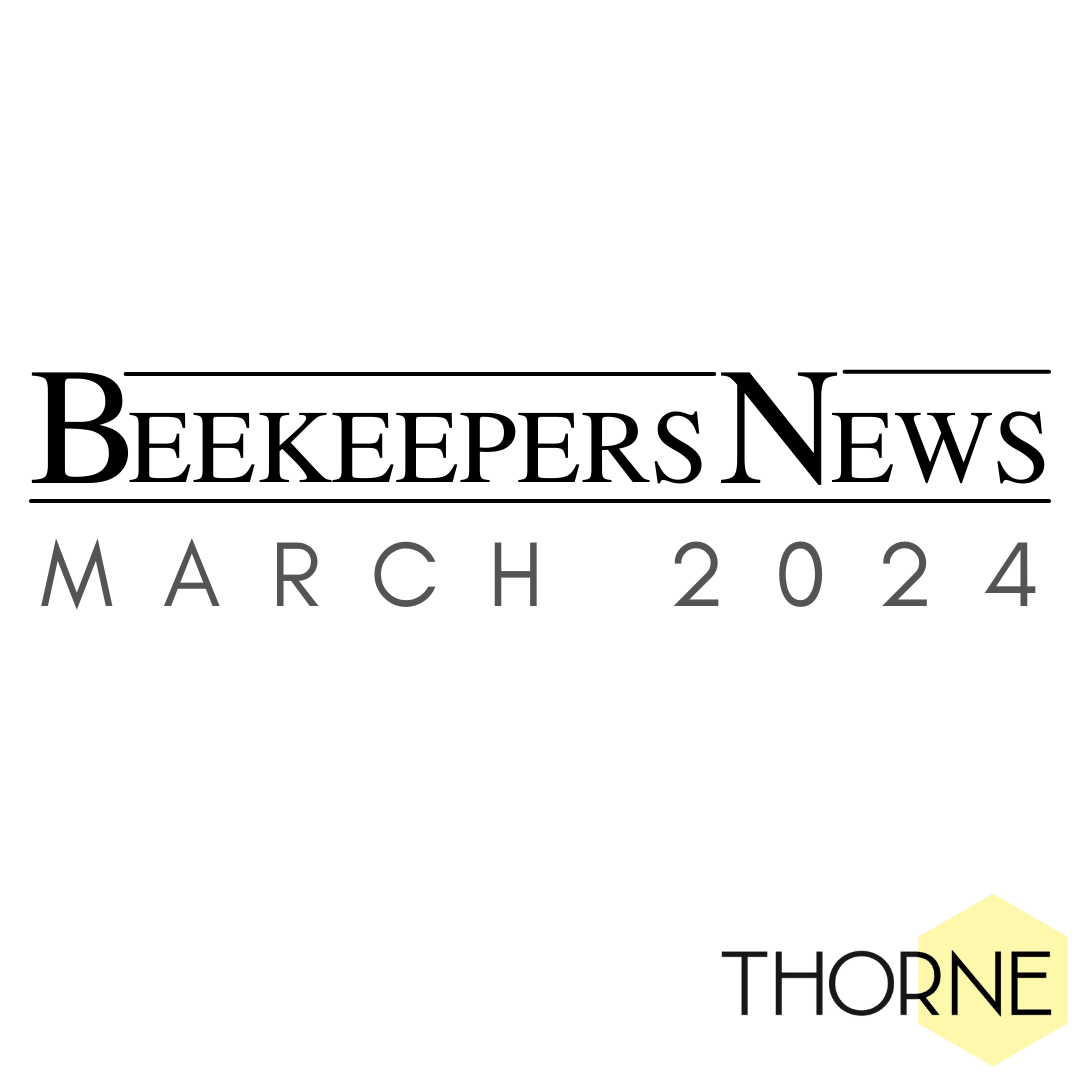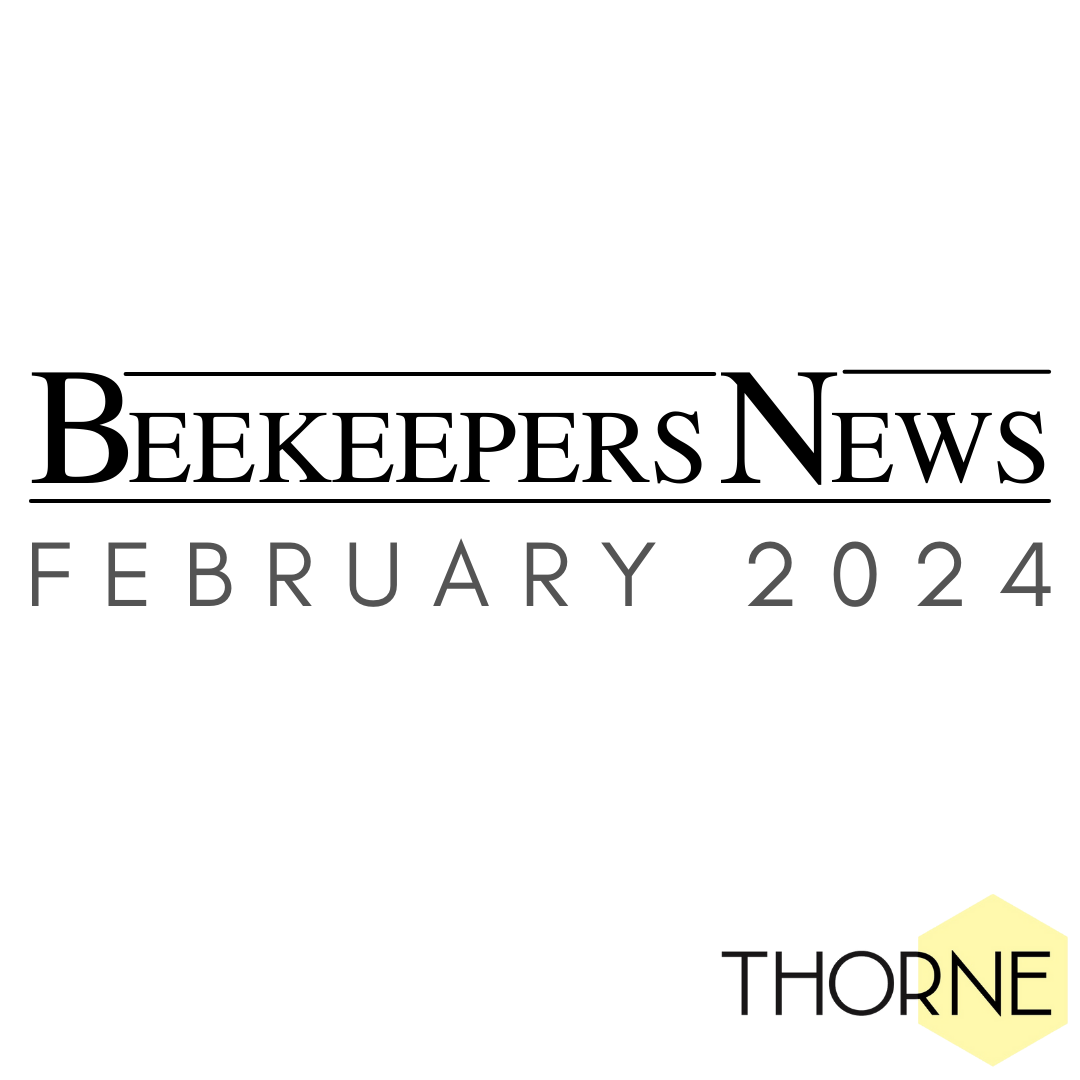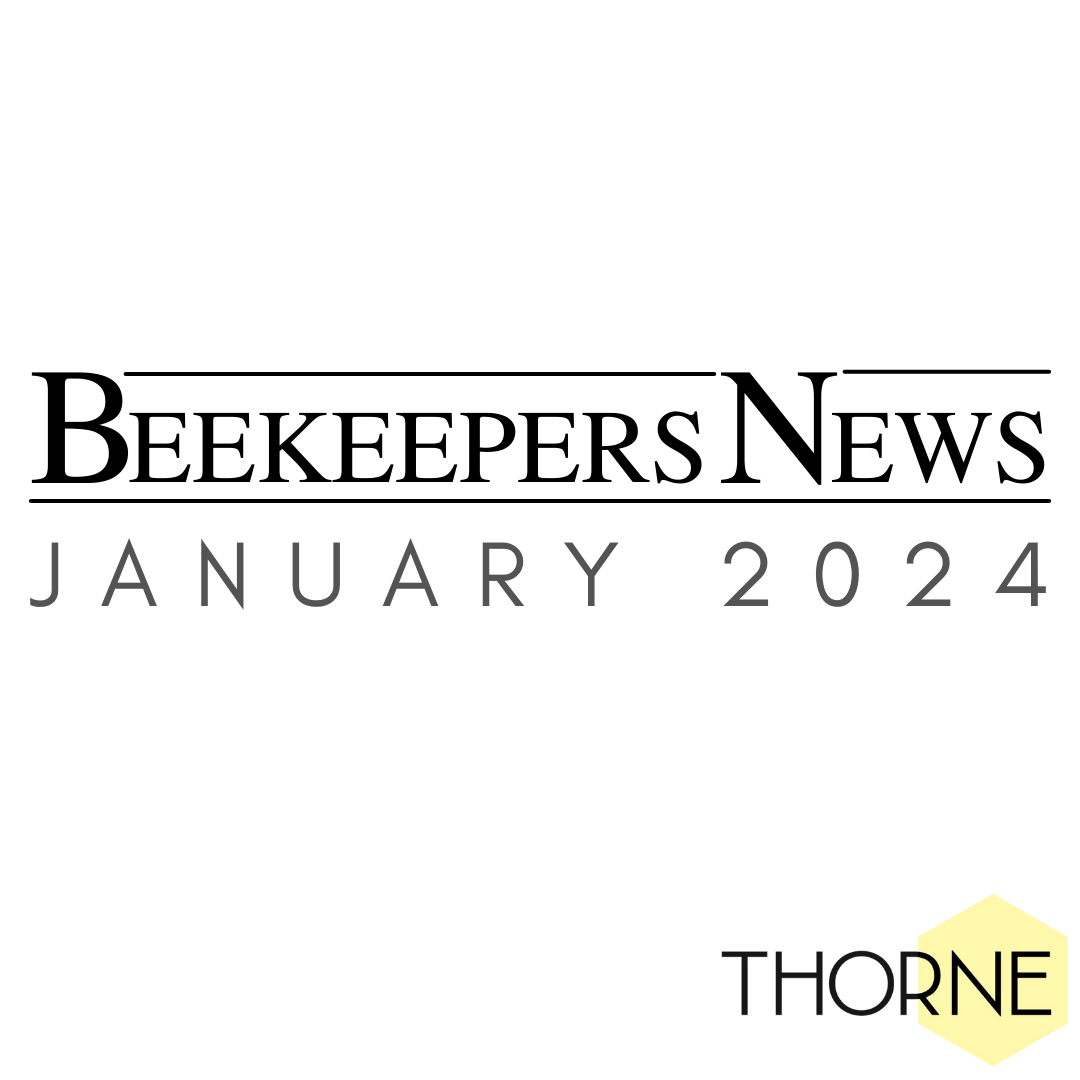November Roundup
Traditionally November is always a catch-up month. Tidying up from the October sales before the rush of the Black Friday sale weekend and Christmas.
We had our second Polycarbonate Candle Mould sale at the beginning of this month. Many budding candle makers took up the offer of the fantastic candle moulds. We hope to keep this sale a fixture in our calendar.
We have recently updated our Courses and Events calendar for 2018. One course of note is being run by BIBBA in Cornwall in February – Sustainable Beekeeping – A future without imports.
If you have any training courses, taster days or events you would like to publicise then please go to our website and complete the simple form.
If you are stuck for present ideas this Christmas why not ask for a Thornes Gift Voucher. Available in all denominations the vouchers can be emailed or posted, be redeemed online and in our shops and can be personalised with whatever details you require.
We do of course have everything a beekeeper could possibly want this Christmas!
We have also been re-decorating our shop at Rand and having a little bit of a move around. If you can’t find what you need then just ask!
Equipment Focus………
We are now pleased to be stocking the APF-Plus Sublimox - a professional piece of quality equipment made in Italy. £360.
• With an innovative PID controller with thermocouple for automatic control and temperature maintenance.
• Rugged construction with stainless steel crucible
• Quick, easy and continuous treatment
• mains or 12v operation with power inverter (not supplied)
• Two ceramic dosing chambers and measuring scoop.
• Convenient carrying case
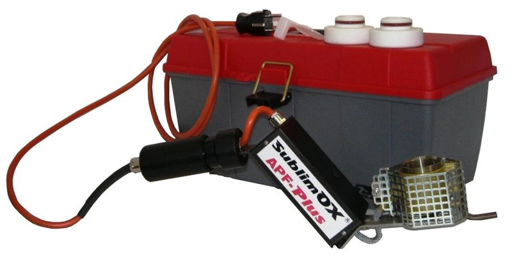
The Sublimox is now the vaporiser of choice for many beekeepers throughout Europe.
It’s neat design means, once loaded, that the vapours are instantly dispersed throughout the hive without having to wait for the chemical chamber to heat up.
This is achieved by loading the device upside down and then inverting it as soon as the electronic controller indicates the correct working temperature is attained.
Once Attained the Sublimox retains it’s heat and continually pulses projecting the vapours further in to the hive.
Here is a link to a very useful blog on The Sublimox, and vaporising with api-bioxal.
We advise all beekeepers to research their product of choice and ALWAYS wear the correct PPE........gloves, goggles and mask.
Ask our Expert
Battening down the hatches - Time to ensure your hives are ship shape for the winter.
If you have been feeding you will have found that the bees will take syrup, (2:1 sugar/water) up to mid to end of September. They then refuse to process it, as they don’t have the numbers, and the heat to drive off the water. They will take Ambrosia (inverted sugar syrup) until about the end of October as this needs no processing by them. If they need feeding still, you will need to be giving them fondant. Fondant is a deliquescent and helps to absorb excess water in the hive; people often put a pack on as an insurance policy. As a rule of thumb, a 2.5kg pack will last about 6 weeks when the colony is brood less, and about 4 weeks once they start raising brood after the winter solstice. When they start consuming the fondant keep a weekly eye on them.
At this time of year you need to make sure your bees are as dry as possible. So with this in mind you may like to try the following. Make sure all the boxes, roof and floor are all in good order.
Slope the hive floor slightly, raise the back of the hive floor by about 1/2”, or 1cm, this will stop driving rain flooding in the entrance, and will stop condensation from pooling on the floor, the Varroa board, and crownboards. If you run your bees warm way in winter the entrance can become choked with dead bees, if you invert the entrance block the survivors can get out more easily over the bodies of the fallen.
I tend to leave the Varroa boards in my open mesh floors during the winter months. I clean them off once every fortnight. The patterns of rubbish/debris on the board lets you know where the cluster is, if it has moved and if it’s uncapping fresh stores, all without disturbing the nest. I also find the board helps reduce vapour entering the hive through the mesh and condensing out on the combs and soaking the bees.
I overwinter my bees with a super under the brood box. So the hive is built as follows: floor (sloped to the front), super (if the stores are sealed scratched with an uncapping fork), brood box, crownboard, eke and roof. In increasing the brood chamber to a brood and a half over winter, I find the bees are less likely to have swarmed if I am late in doing my first inspection. Never leave the Queen excluder in… if you do the cluster will not abandon the queen to go through it to fresh stores. They would rather starve than abandon her.
I leave the Eke on the top to contain fondant, and a feeder in spring. I don’t put in insulation during winter. The bees are adapted to cluster in the cold months of winter, and not waste food. If you keep them too warm they will move around a lot, waste energy and eat themselves out of house and home. I put the quilts in during spring when the day/night temperatures are at the most extreme; this helps the nest to increase, avoiding the brood becoming chilled.
The last thing I do is put on some covers to keep the worst of the weather off.
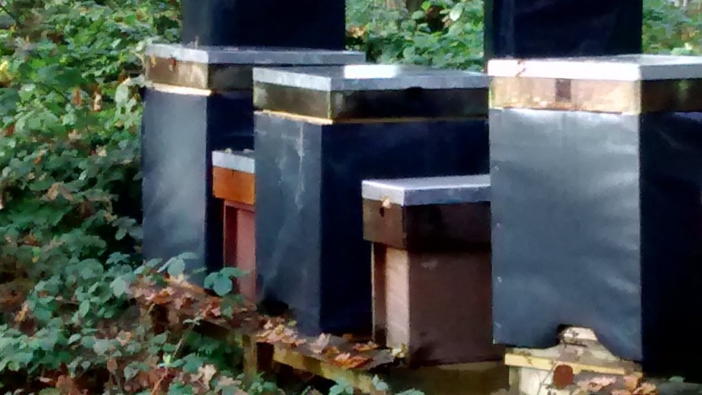
These are made from builders’ damp proof membrane. I cut four stand-offs that run from just under the roof to the base on which the hive stands. The membrane is stapled to the four stand-offs (one at every corner). The cover is not pinned or nailed to the hive. The cover allows runoff from the roof to run down bypassing the hive. Driving rain is deflected away from the wood. The wood of the hive can still breathe, because the plastic membrane doesn’t touch the hive. The cover keeps woodpeckers at bay aswell! They can’t get under it or get a grip on it. The major benefit to the bees is that I can’t disturb them until spring, when the covers come off! I can only monitor the drop and their position from the bottom board, and feed fondant if needed by lifting the lid.
Bees for Development Update
For all this week until 5 December, all donations to Bees for Development's Big Give Christmas Challenge will be doubled. Other donors have pledged to double every donation you give, pound for pound. This year’s ambitious project is to restore forest near Lake Tana in Ethiopia, where forest cover has dropped from 40% in 1980, to just 1% now. Bees for Development will work with communities to protect the area, restore honey bee populations, and train young people as beekeepers. The online target of £20,000 will be doubled to a whopping £40,000! Please help to reach the target - every donation helps! Please donate now: https://goo.gl/ikL26p
National Honey Show News
If you couldn’t make the National Honey Show this year then why not take a look at what you missed. Produced by Kathy Summers, the Facebook video shows Kim Flottum taking a walk around the stands and exhibits and chatting to some familiar faces. Simply scroll through the Facebook page until you see Kathy Summers's live video link.
https://en-gb.facebook.com/nationalhoneyshow/
This year’s lectures will also soon be published on our Youtube channel.
https://www.youtube.com/user/nationalhoneyshow
The National Honey Show, 25 to 27 October 2018, Sandown Park Racecourse, Esher, KT10 9AJ www.honeyshow.co.uk
Upcoming Events
Online Winter Sale -Saturday 30th December at 00.01am
Phone Winter Sale -Tuesday 2nd January at 9.00am
We would like to take this opportunity to wish all of our customers a very Merry Christmas and a Happy and Healthy New Year.



